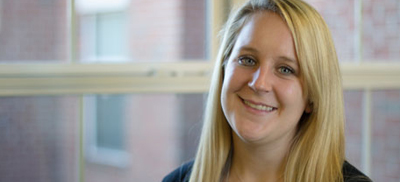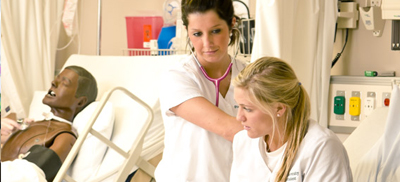In the age of social media, each platform serves its own purpose. However, what they all have in common is connecting with people. So one may think, what is LinkedIn and why do I need to create another social media account?
LinkedIn is considered the professional networking site where you can build and maintain professional connections. It is also your opportunity to develop your professional brand. Additionally, it regulates what employers find when they google you. So, let’s set up your profile.
The following checklist can help make your profile stand out (adapted from LinkedIn):
- Photo – It does not have to be fancy, but let’s try to avoid the pictures holding red solo cups and a groups of friends. This platform is all about promoting you and your professional brand. With that in mind, choose a photo that represents you best. It can be a professional photo or it can be taken with your camera, a blank background, and good lighting. Remember to dress professional and smile.
- Headline – Your headline says a lot about you and your aspirations. Do not be afraid to tell people what you are excited about and what you are currently doing, or want to do. It may look something like “Marketing Major and Aspiring Social Media Manager”. Use keywords.
- Summary – This is your opportunity to really market yourself and what motivates you. Make sure it is tailored to your industry and interest, but it also serves as the section to showcase what you’re skilled at and what is next for you. Think of your 30-second commercial.
- Experience – Like your resume, you are also going to include your work experiences. It can be internships, part-time, and/or full-time jobs, but you need to include your relevant accomplishments and responsibilities for each role. You can even upload photos and videos from these opportunities.
- Organizations – How involved are you on campus? Have you joined any clubs? If you had a role within an organization, be sure to also describe your responsibilities.
- Education – You want to start with your college experiences, and then list any additional educational experiences you have had. Have your studied abroad? If so, include it! Make sure to list your degree, major, name of school, and graduation month/year.
- Volunteer Experiences – Admissions officers and employers consider volunteer experiences just as valuable as paid work.
- Skills & Expertise – If you can identify at least five skills, list them. The connections you make can then endorse them and strengthen your profile with recruiters.
- Honors & Awards – Do not be afraid to showcase your accomplishments. You’ve earned them!
- Courses – This section can help strengthen your experiences by showing your skills and interests based off of the classes you have completed.
- Projects – Have you completed a big project for a class? Whether it be a group or individual project, include it and describe what went into it.
- Recommendations – If you had a really positive experience with a manager or professor, ask them to write you a recommendation. It will provide you with more credibility.
This may seem like a lot, but these are many sections that can reflect a plethora of experiences. Choose what best reflects yours in the most marketable way. You may think, doesn’t LinkedIn include the same things that are on my resume? Yes, but LinkedIn creates a professional story, strengthens you professional brand, showcases your interest, and frankly, why not put yourself out there to increase your chances of getting hired. Recruiters constantly check LinkedIn pages for ideal job candidates, and this is your opportunity to stand out in a positive way. To that point, be careful of “interest” you follow on your page, as inappropriate ones can obviously reflect poorly on you in the eyes of a recruiter. Before you add an interest, take some time to think about how it will be perceived?
Now that you have your profile set up, you can start to connect with other professionals, alumni, employers, join industry groups, apply for jobs, etc. This is your time to start networking. COVID–19 or not, networking virtually is extremely valuable.
Take a look at these tips to help with making connections:
– If you find something interesting on your newsfeed, comment on it
– Share your knowledge and post information
– Start a conversation with anyone who comments on your post
– Review anyone who has looked at your profile, and if you think they are interesting, connect with them
– Follow hashtags you find interesting
Nevertheless, do not let virtual networking replace in-person networking. Maintain and follow up with connections and potential mentors.
While you are developing your LinkedIn account, remember, how you carry yourself on social media is a reflection on who you are. Please consider cleaning up your other pages. It will only strengthen your professional image.
If you have any questions about your LinkedIn profile, the Career Connection Center is available to help. Schedule your appointment online, via Handshake. Click on the “Career Center” button.






